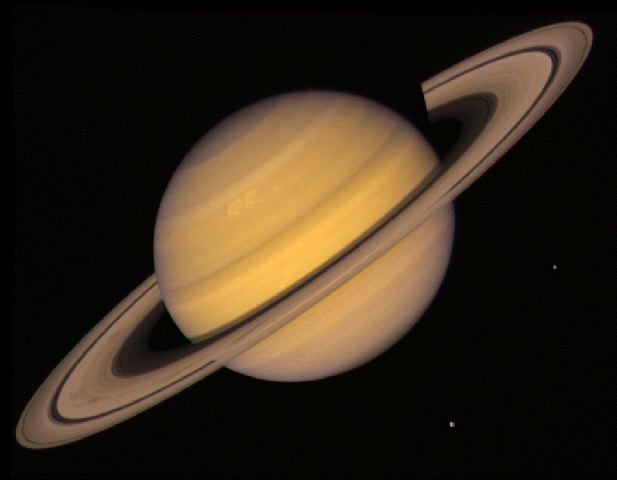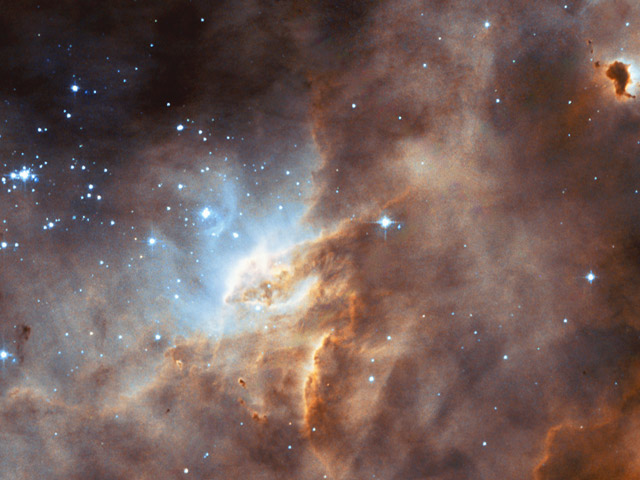You are using an out of date browser. It may not display this or other websites correctly.
You should upgrade or use an alternative browser.
You should upgrade or use an alternative browser.
Astronomy Picture thread
- Thread starter Perfection
- Start date
Suppersalmon
Think Safely think again
The Last Conformist
Irresistibly Attractive
What did you expect?


anarres
anarchist revolutionary
Thanks Perfection! What a great thread bump. 

Kan' Sharuminar
Fluffy
Last Conformist, what is that? Just curious 

The Last Conformist
Irresistibly Attractive
An artists rendition of an accretion disc arond a black hole.
Perfection
The Great Head.
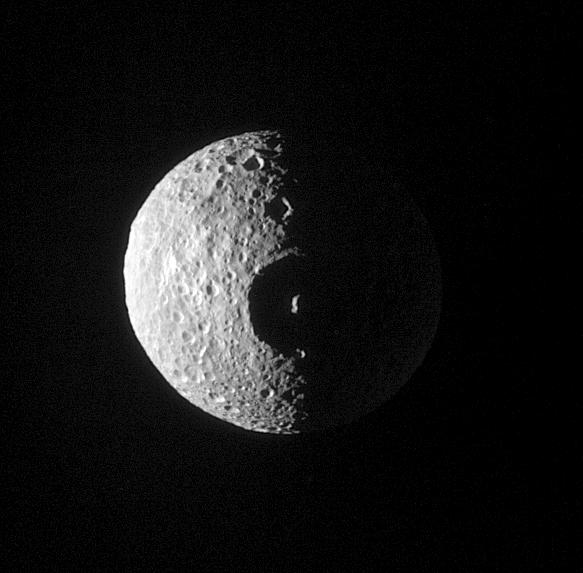
New Cassini Image of Mimas! I had to post it!
PlutonianEmpire
King of the Plutonian Empire
I can't believe I never saw this wonderful thread! 

Perfection
The Great Head.
Just for you PE, have a spiffy pic of Enceladus.


Perfection
The Great Head.
Two Gas Giants from Cassini, I strongly advise looking at the full res versians (56kers beware, they're massive files)
Cassini's latest view of Saturn (the most detalied ever)

Check out the full res http://photojournal.jpl.nasa.gov/jpeg/PIA06193.jpg
Cassini didn't only visit Saturn, a while back it took the most detailed photo of Jupiter yet.

Take a look at the full res http://photojournal.jpl.nasa.gov/targetFamily/Jupiter
Cassini's latest view of Saturn (the most detalied ever)

Check out the full res http://photojournal.jpl.nasa.gov/jpeg/PIA06193.jpg
Cassini didn't only visit Saturn, a while back it took the most detailed photo of Jupiter yet.

Take a look at the full res http://photojournal.jpl.nasa.gov/targetFamily/Jupiter
Perfection
The Great Head.
I can't believe we haven't posted the fantastic four yet, good work Yom 
Keeping with the jupiter theme
Hubble Pictures of Jupiter after the impact of Shoemaker-Levy


Keeping with the jupiter theme
Hubble Pictures of Jupiter after the impact of Shoemaker-Levy

Gothmog
Dread Enforcer
- Joined
- Sep 19, 2002
- Messages
- 3,352
The dragon storm on Saturn. The picture is a false color, near-infrared shot. It also emits bursts of radio waves, which suggests that there is associated electrical activity (i.e. lightning).
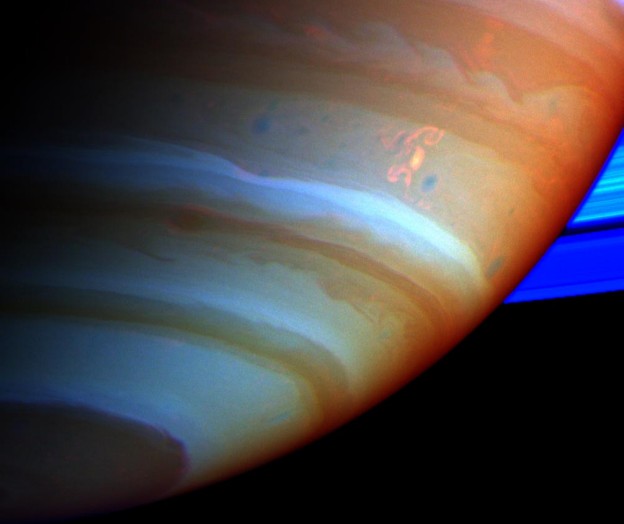
Here are some pictures of Saturn's auroras, various wavelengths are represented in this false color image (though most of saturn is in its visible light true color form).
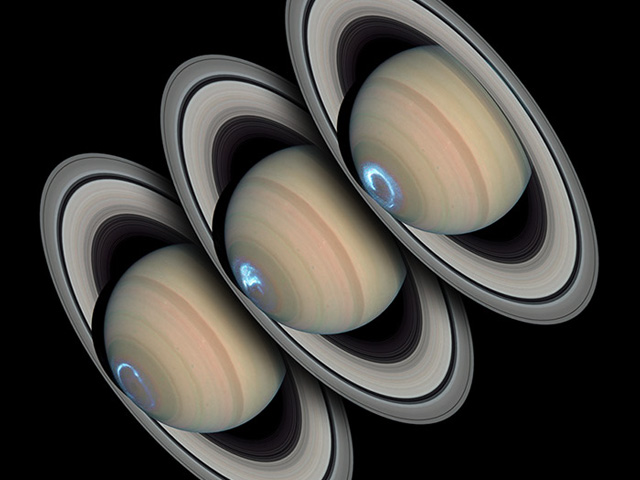

Here are some pictures of Saturn's auroras, various wavelengths are represented in this false color image (though most of saturn is in its visible light true color form).

Bluemofia
F=ma
steviejay
Now in Black and White!!
wow, what is that bluemofia?
Bluemofia
F=ma
Is this one galaxy or two? This question came to light in 1950 when astronomer Art Hoag chanced upon this unusual extragalactic object. On the outside is a ring dominated by bright blue stars, while near the center lies a ball of much redder stars that are likely much older. Between the two is a gap that appears almost completely dark. How Hoag's Object formed remains unknown, although similar objects have now been identified and collectively labeled as a form of ring galaxy. Genesis hypotheses include a galaxy collision billions of years ago and perturbative gravitational interactions involving an unusually shaped core. The above photo taken by the Hubble Space Telescope in July 2001 reveals unprecedented details of Hoag's Object and may yield a better understanding. Hoag's Object spans about 100,000 light years and lies about 600 million light years away toward the constellation of Serpens. Coincidentally, visible in the gap (at about one o'clock) is yet another ring galaxy that likely lies far in the distance.
From http://antwrp.gsfc.nasa.gov/apod/ap040815.html
Basically a ring galaxy. I think it may be a gravitational lense though.
Perfection
The Great Head.
Identical Redshifting has pretty much ruled it out (plus the huge size of an objected need to lens something that big). Besides other ring galaxies to exist. Astoundingly you can see a second ring galaxy to the upper right of the galactic nucleus (the yellow blob)Bluemofia said:From http://antwrp.gsfc.nasa.gov/apod/ap040815.html
Basically a ring galaxy. I think it may be a gravitational lense though.
Bluemofia
F=ma
Perfection
The Great Head.
Latest from Cassini
Here's Dione passing in front of Rhea, Rhea is considerably larger than Dione, but the distances worked out so that they look roughly equal

Here's Dione passing in front of Rhea, Rhea is considerably larger than Dione, but the distances worked out so that they look roughly equal

Similar threads
- Replies
- 836
- Views
- 45K
- Replies
- 25
- Views
- 632
- Replies
- 34
- Views
- 2K







